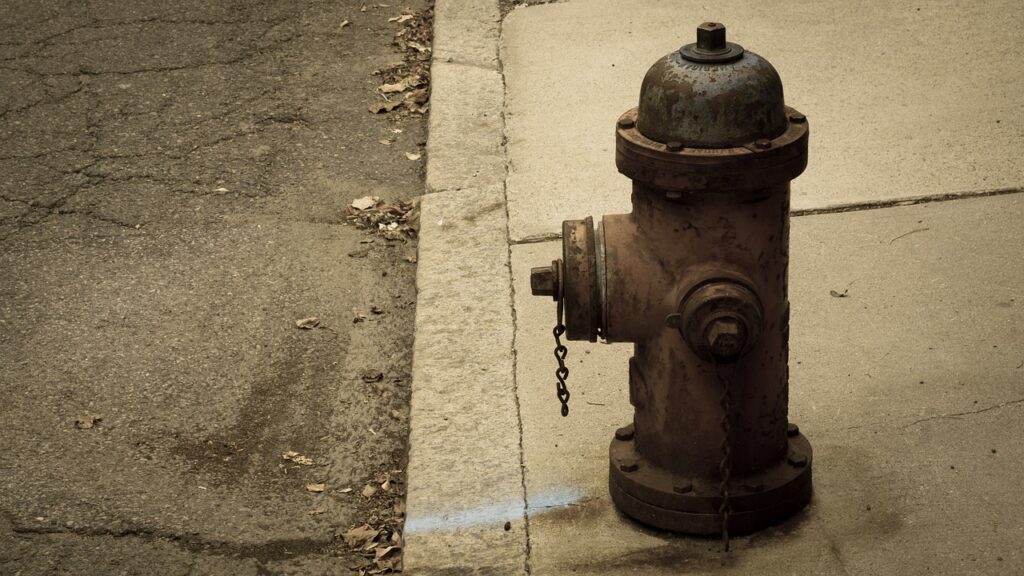The history of fire prevention systems is a fascinating journey that reflects humanity’s constant efforts to safeguard lives and property. From rudimentary methods to sophisticated modern technologies, the development of fire prevention systems has been shaped by innovation, necessity, and a collective commitment to minimizing the devastating impact of fires. In this blog, we’ll take a chronological exploration of the key milestones in the evolution of fire prevention systems.
Ancient Fire Suppression Techniques: The earliest fire prevention efforts date back to ancient civilizations, where communities relied on basic techniques such as clearing vegetation around settlements and using sand and water to control flames. The understanding of fire behavior and the need for preventive measures laid the foundation for more advanced systems in the future.
The Great Fire of London (1666): The Great Fire of London in 1666 marked a turning point in fire prevention history. The catastrophic event, which consumed much of the city, prompted the implementation of building codes and regulations aimed at preventing the rapid spread of fires. Requirements for non-combustible building materials and separated structures contributed to the birth of early fire safety measures.
Early Automatic Sprinkler Systems: In the early 19th century, inventors began exploring automatic fire suppression systems. Sir William Congreve’s “Congreve’s Rains” and Henry Parmelee’s automatic sprinkler system were among the pioneering inventions that laid the groundwork for modern sprinkler technology. These early systems were manually operated but set the stage for the development of automated fire prevention methods.
The Rise of Automatic Sprinklers (Late 19th Century): The late 19th century saw significant advancements in automatic sprinkler systems. Frederick Grinnell’s invention of the first automatic sprinkler head, which utilized a glass bulb containing a liquid that would burst when exposed to heat, revolutionized fire prevention. This innovation marked a crucial step towards the widespread adoption of automated fire suppression systems in various industries.
Fire Alarm Systems and Detection: Parallel to the development of sprinkler systems, fire alarm and detection technologies also evolved. Early fire alarm systems relied on hand-operated devices and bells. With the advent of electricity, these systems became more sophisticated, incorporating heat and smoke detectors. The integration of centralized control panels enhanced the efficiency of fire prevention measures.
Advancements in Modern Fire Prevention Systems: The latter half of the 20th century witnessed rapid technological advancements in fire prevention systems. Innovations such as water mist systems, gaseous suppression systems, and advanced fire detection technologies became integral components of comprehensive fire prevention strategies. Today, cutting-edge systems incorporate artificial intelligence, IoT (Internet of Things), and data analytics to enhance responsiveness and accuracy.
Conclusion: The history of fire prevention systems reflects a remarkable journey of human ingenuity and determination to mitigate the destructive impact of fires. From ancient fire control methods to sophisticated modern technologies, the evolution of fire prevention systems underscores the ongoing commitment to creating safer environments for communities worldwide. As we continue to advance, the future promises even more innovative solutions in the ongoing quest for effective fire prevention and protection.
If working on Fire Protection Systems is in your future, Rockstar Fire (Rockstar Recruiting Group) is here to help you navigate your career.

